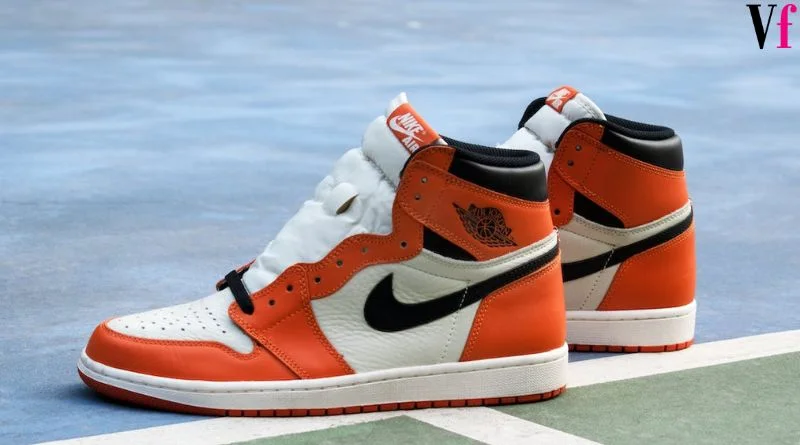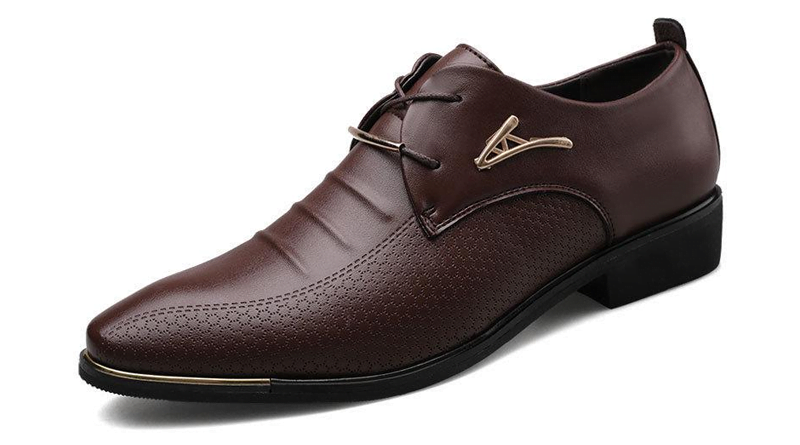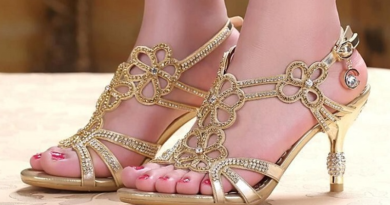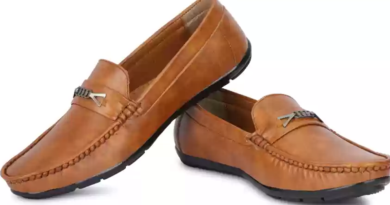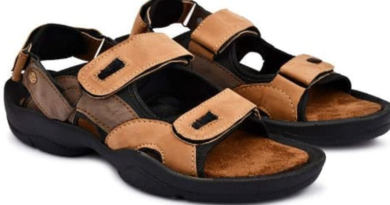A Guide to Choosing the Perfect Fashion Shoes for Every Occasion
This blog post will provide readers with valuable insights on selecting the right shoes to complement different outfits and occasions. It will cover various shoe types, including sneakers, heels, and boots, and offer tips on how to match them with specific clothing styles and events.
As a reader, it will delve you into the current shoe trends that have taken the fashion world by storm & will showcase the latest designs, colors, and materials that top designers are incorporating into their shoe collections. You will gain inspiration and ideas on how to incorporate these trendy shoes into your own wardrobes.
This post is focused on the importance of proper shoe care to maintain the longevity and pristine appearance of fashion shoes. It includes tips on cleaning, polishing, and storing shoes to keep them looking their best. Additionally, it will cover common shoe maintenance mistakes to avoid, ensuring you can enjoy your beloved footwear for years to come. 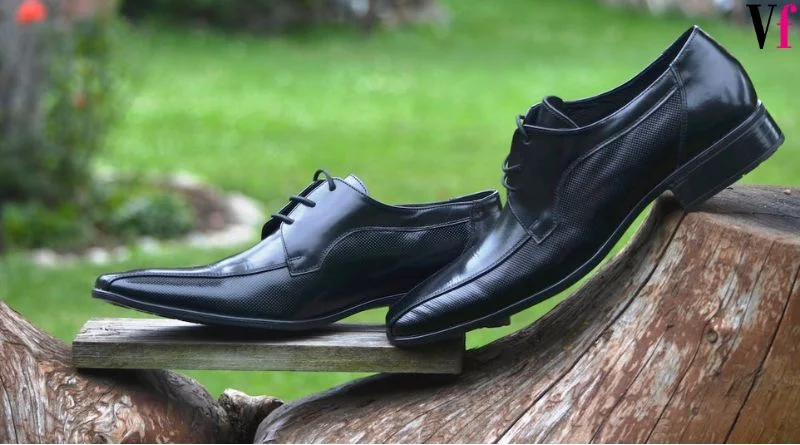
Shoes for men are an essential part of the fashion industry and play a crucial role in completing and enhancing an outfit. Fashionable shoes come in a wide variety of styles, designs, and materials, catering to various tastes and occasions. They can be a focal point of an outfit or serve as complementary elements to create a cohesive look. The choice of shoes can greatly impact the overall aesthetic and style of an individual’s appearance.
Fashion designers and brands invest considerable effort in creating stylish and trendy shoe collections each season. Shoes are not only functional in protecting and supporting our feet but also serve as a means of self-expression and personal style. From casual sneakers and sandals to elegant heels and boots, shoes contribute significantly to the world of fashion and are an integral part of any wardrobe. 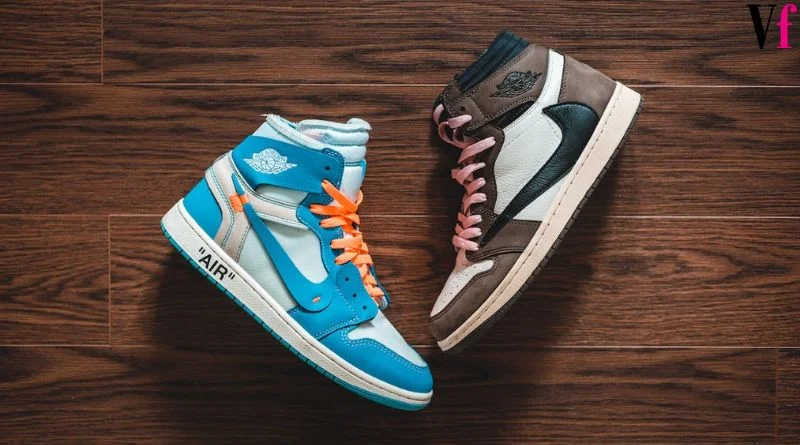
The evolution of shoes is a fascinating journey that spans thousands of years, shaped by advancements in technology, changing fashion trends, and the diverse needs of human societies. Here’s a general overview of how shoes evolved:
1. Early Foot Coverings: The earliest form of footwear consisted of simple foot coverings made from natural materials like animal hides, leaves, and grass. These provided protection from rough terrain and extreme weather conditions.
2. Ancient Civilizations: In ancient civilizations like Egypt and Mesopotamia, sandals made from leather or papyrus were common. Sandals were designed to protect the soles of the feet while allowing air to circulate.
3. The Rise of Footwear Styles: As societies advanced, various cultures developed unique footwear styles. For example, the Greeks and Romans had sandals and calcei (closed shoes), while the Chinese created silk shoes and the Persians designed pointed shoes. 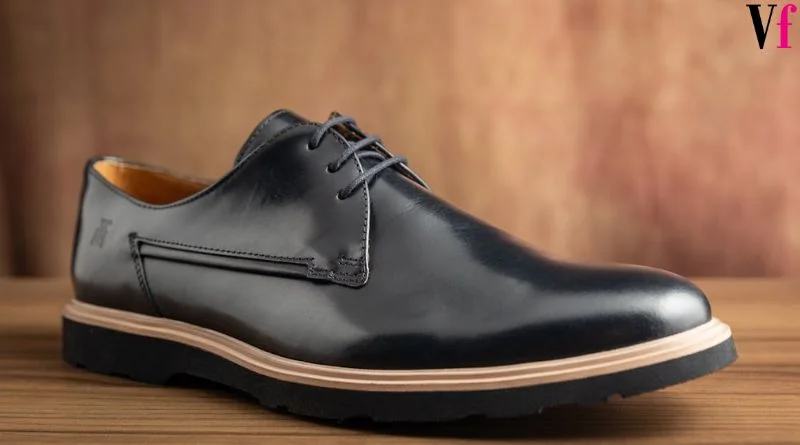
4. Middle Ages: During the Middle Ages, shoes became more structured and decorative. Different classes of people wore shoes with varying levels of craftsmanship and ornamentation.
5. Renaissance and Baroque Eras: The Renaissance brought more emphasis on aesthetics and artistic elements in footwear. High heels became popular, and shoes were adorned with intricate embroidery and ornamentation.
6. Industrial Revolution: With the advent of industrialization, the production of shoes became more efficient. Mass production techniques allowed shoes to be more affordable and accessible to a wider population.
7. 20th Century: The 20th century witnessed significant innovations in footwear design and technology. Rubber-soled shoes, sneakers, and specialized sports shoes were introduced, catering to specific activities and sports. 
8. Contemporary Trends: In recent times, shoes have become a canvas for self-expression and personal style. Fashion designers and brands continually experiment with materials, shapes, and designs, blurring the lines between functional and artistic footwear.
9. Sustainable Footwear: There has been a growing awareness of environmental concerns, leading to the rise of eco-friendly and sustainable shoe options, using recycled materials and more ethical production methods.
10. Technological Advancements: Modern shoe technology has evolved to provide better support, comfort, and performance. Features such as shock absorption, arch support, and breathable materials have become common in various shoe styles. Throughout history, shoes have evolved not only for practical purposes but also as a reflection of cultural, social, and economic factors. Today, the shoe industry continues to innovate, offering a vast array of styles and options to meet the ever-changing demands of consumers worldwide. 
Here is a list of shoes commonly used by both men and women:
1. Sneakers/Trainers: Athletic shoes suitable for casual wear and sports activities.
2. Loafers: Slip-on shoes with no laces, often made of leather, suitable for both casual and semi-formal occasions.
3. Boots: Various styles like ankle boots, Chelsea boots, and combat boots, suitable for both casual and formal wear.
4. Oxfords: Classic lace-up dress shoes, often made of leather, appropriate for formal occasions.
5. Espadrilles: Casual shoes with a canvas or fabric upper and jute rope sole, ideal for summer and beach wear.
6. Mules: Slip-on shoes with open backs, available in both casual and dressy variations.
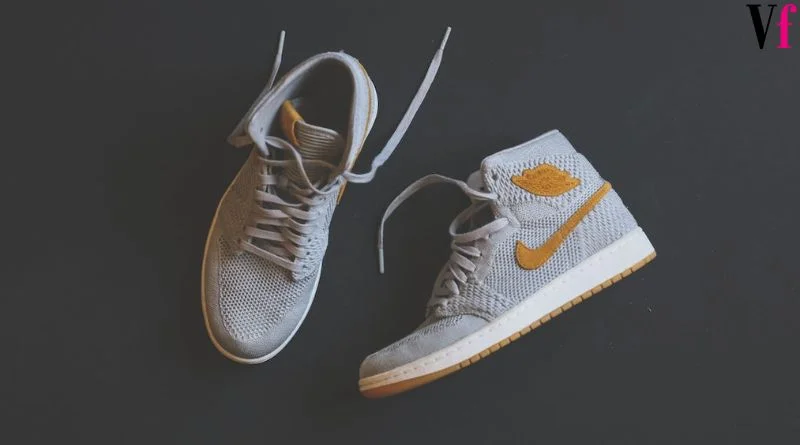
7. Brogues: Dress shoes featuring decorative perforations (broguing), suitable for both men and women.
8. Wedges: Heeled shoes with a sole that runs from the heel to the ball of the foot, offering more stability than traditional heels.
9. Ballet flats: Comfortable and simple flat shoes, suitable for both casual and semi-formal occasions.
10. Boat shoes: Casual, slip-on shoes with rubber soles, often worn for nautical and preppy looks.
11. High-top sneakers: Sneakers with a high upper that covers the ankle, often worn for sporty and urban fashion styles.
12. Platform shoes: Shoes with elevated soles to add height and a bold fashion statement. 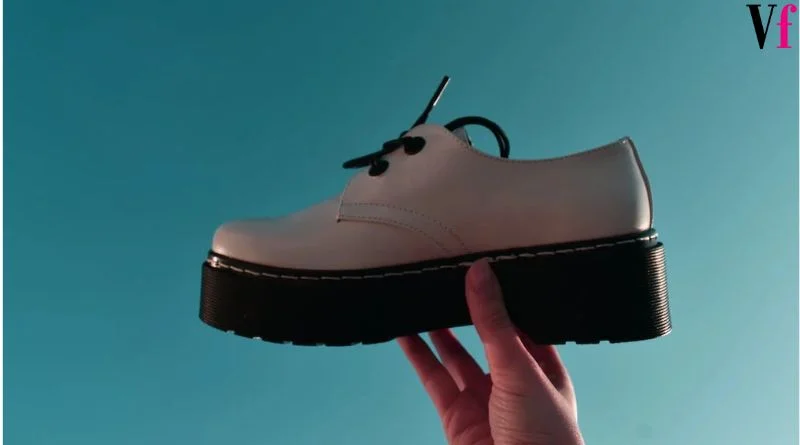
These are some of the popular shoe types that are commonly used by both men and women, reflecting their versatility and broad appeal across genders.
One of the best shoes that is used for fashion and has remained a timeless and iconic choice is the “Classic Leather Sneaker.“
The classic leather sneaker is a versatile and stylish shoe that can be dressed up or down, making it a staple in the fashion world. It offers a clean and minimalistic design, often featuring a leather upper and a rubber sole. The simplicity of the design allows it to complement a wide range of outfits, from casual and sporty to semi-formal and even some formal ensembles.

This type of sneaker has transcended generations and has been embraced by both men and women across the globe. It has become an essential item in many people’s shoe collections due to its comfort, durability, and ability to elevate any look effortlessly. Whether paired with jeans, dresses, skirts, or tailored trousers, the classic leather sneaker adds a touch of sophistication and fashion-forward flair to any outfit. Brands like Converse, Adidas Stan Smith, Nike Air Force 1, and Common Projects Achilles are some well-known examples of classic leather sneakers that have become fashion icons. The enduring popularity of the classic leather sneaker is a testament to its timelessness and adaptability in the ever-changing world of fashion.
